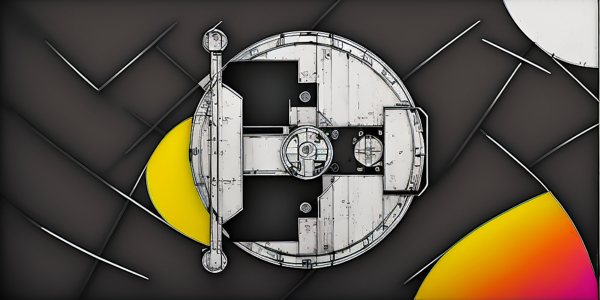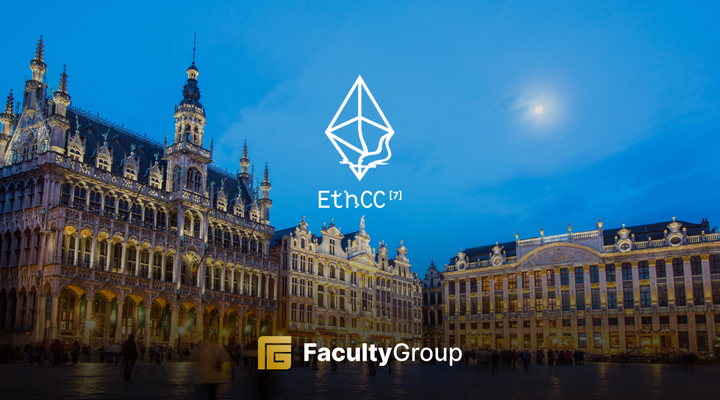LSDs - Enter ETH’s ‘real yield’

The banking and market turmoil has meant the market is risk-on again when it comes to digital assets. LSDs, or Liquidity Staking Derivatives, have been one of the success stories so far in 2023. Total Value Locked (TVL) across all chains pushed higher this month post-Shangai upgrade.
Layer2’s ETH narrative will debut on the 12th April 2023, when the first withdrawal of staked ETH is expected. Let’s look at liquid staking protocols, their differences, and how these projects are building new application layers on top of Ethereum.
What are Liquid Staking protocols?
LSD projects offer ‘staking as a service’, pooling user funds to earn staking rewards (transaction priority fees and MEV) through node management. In return, stakers receive staking rewards in the form of ETH. As discussed in our previous article, Why Eth will Flip Bitcoin, Ethereum staking is the process of locking up ETH tokens to help validate blocks and secure the Ethereum network post-Merge.
LSDs are issued to represent users’ stakes in these staking pools. The stETH is a wrapped token of the underlying ETH staked or deposited on the Ethereum network. This wrapped token is minted by LSD projects and can be traded on their protocols. Liquid staking allows users to:
- Maintain custody of their collateral
- Earn staking rewards (more ETH)
- Redeploy LSDs on other DeFi protocols.
On-chain staking yields are currently circa 5% APY, which will incentivise ETH staking but maintain custody of collateral through stETH wrapping. This is the real value added behind LSDs.
So who’s building?
Most investors stake ETH through staking pools using decentralised liquid staking protocols. Most LSD projects are built on Layer2 networks, chiefly Arbitrum, Optimism or Polygon.
This year, trading volumes on Layer 2 networks such as Arbitrum and Optimism have surpassed Ethereum. Arbitrum has $3.69 billion locked into its Ethereum rollup network, Aribtrum One, making it the clear market leader in a cut-throat field of competing chains. According to L2 Beat, a layer 2 analytics site, Arbitrum holds 55% of the Ethereum Layer 2 market share.
This is a direct result of LSDs’ popularity as they offer ‘real yields’ in this bear market and community airdrops by these networks. Here are the top 5 biggest players by TVL currently in the LSD space:
- Lido has the largest market share of staked assets with daily rewards and no lock-ups. It allows users to stake any amount of ETH across Ethereum, Solana, Polygon, Polkadot or Kusama. Lido also has a growing ecosystem of integrations with DeFi providers such as Aave, Balancer, Curve, Ledger, MakerDAO, and UniSwap. The Lido DAO decides on the key parameters of liquid staking protocols through the voting power of their governance token: LDO.
- Frax Ether is a liquid ETH staking derivative designed to uniquely leverage the Frax Finance ecosystem to maximise staking yield and smoothen the Ethereum staking process for a simplified, secure, and DeFi-native way to earn interest on ETH.
- Rocketpool is the first truly decentralised Ethereum staking pool: liquid staking, audited SC, and minimised penalty risk. Its token, RPL, can be staked to earn a portion of the network's fees. One of the unique features of Rocketpool is that it allows users to deposit their staked ETH into a smart contract, which can then be used as collateral for loans.
- Stakewise mints Deposit Tokens and Reward Tokens for every ETH users deposit & earn. They also have integrations with DeFi providers such as UniSwap.
- BiFrost is a substrate-developed derivatives protocol providing decentralised cross-chain liquidity for staked assets. It provides standardised cross-chain interest-bearing derivatives for Polkadot relay chains, parachains, and heterogeneous chains bridged with Polkadot. It also has a governance token, BFC, which is the backbone of the BIFROST ecosystem. Users can lend, stake, borrow, and earn using the BFC token.
In conclusion, the ability to stake and unstake stETH and to distribute these LSDs across DeFi platforms create new opportunities to build ‘real-yield’ products on Layer 2s. The total value locked across the LSD space drives volumes on Arbitrum and Optimism. It will be interesting to see if these projects can maintain traction with DeFi users after unstaking begins to build a truly scalable application layer on Ethereum.








